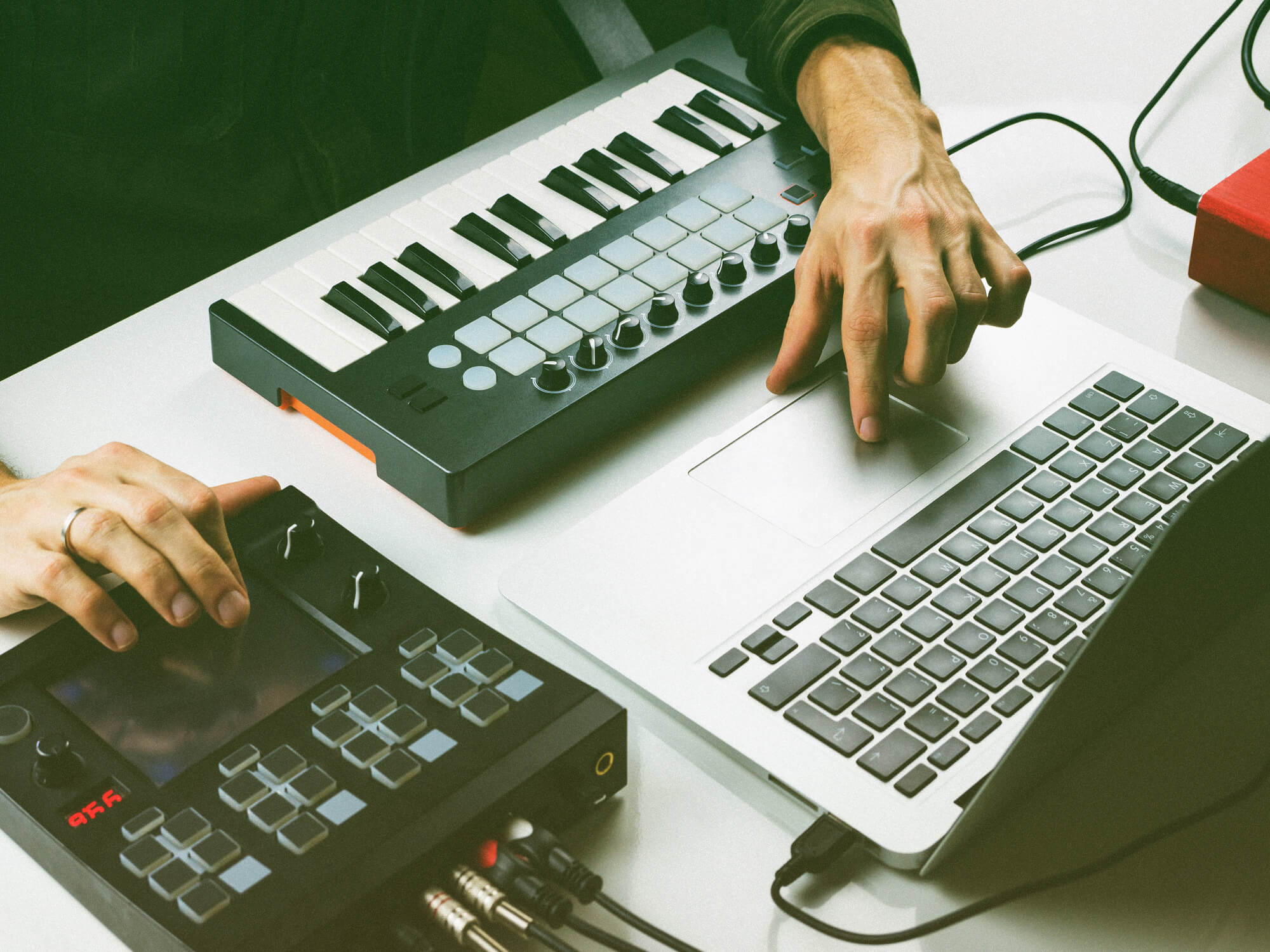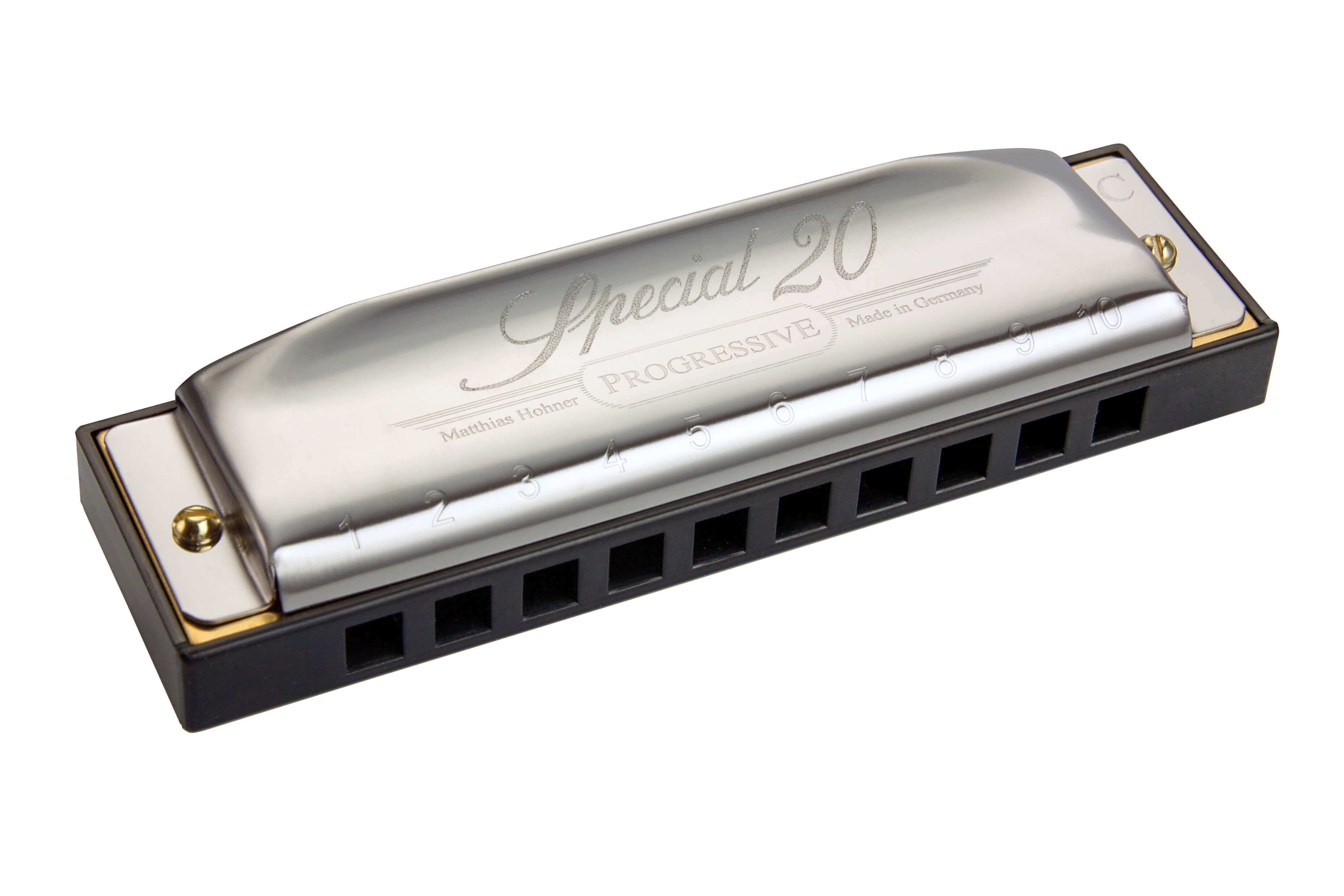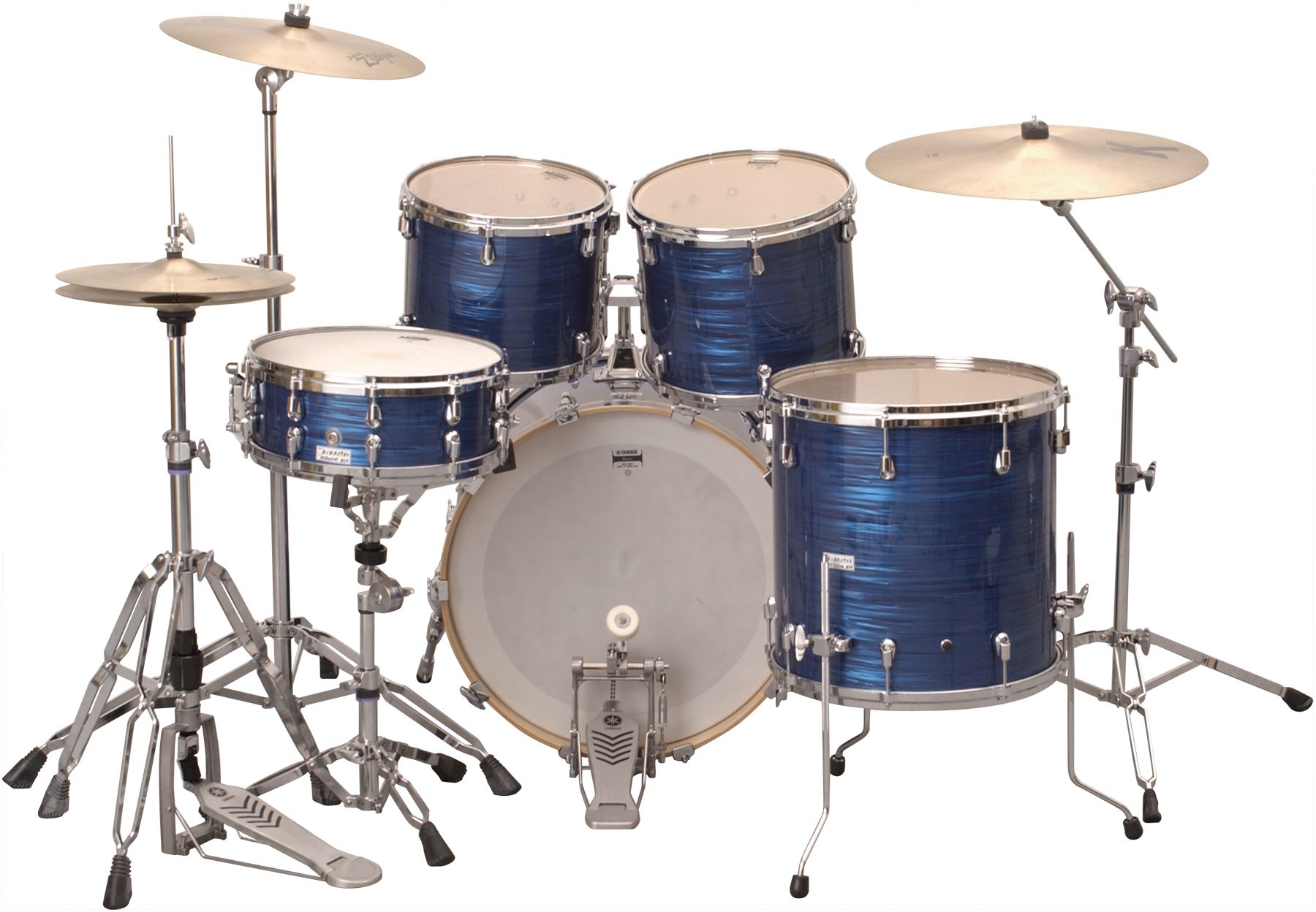Home>Instruments>Drums>What Drums Should A Beginner Buy


Drums
What Drums Should A Beginner Buy
Modified: March 9, 2024
Looking to start drumming? Find out which drums are best for beginners and kickstart your musical journey with the perfect set. Expert advice on choosing the right drums for beginners.
(Many of the links in this article redirect to a specific reviewed product. Your purchase of these products through affiliate links helps to generate commission for AudioLover.com, at no extra cost. Learn more)
Table of Contents
Introduction
Introduction
Embarking on the journey of learning to play the drums is an exciting and fulfilling endeavor. As a beginner, choosing the right drum set is crucial for developing fundamental skills and maintaining enthusiasm for the instrument. The world of drums offers a diverse range of options, from traditional acoustic sets to modern electronic kits, each with its own unique characteristics and advantages.
Understanding the differences between acoustic and electronic drums, as well as the considerations for beginner drummers, is essential in making an informed decision. This article aims to provide valuable insights into the various factors to consider when purchasing a drum set for beginners, along with recommendations for specific drum sets and additional equipment to enhance the learning experience.
Whether you are drawn to the classic sound and feel of acoustic drums or the versatility and convenience of electronic drums, there are options available to suit your preferences and learning style. By exploring the features and benefits of different drum sets, you can make a well-informed choice that aligns with your musical aspirations and sets the stage for an enjoyable and rewarding drumming journey.
Acoustic vs. Electronic Drums
When considering the purchase of a drum set, one of the primary decisions for beginners is choosing between acoustic and electronic drums. Each type offers distinct advantages and considerations, catering to different preferences and practical needs.
Acoustic Drums:
- Produce rich, organic sound: Acoustic drums generate a natural, resonant sound that is revered for its warmth and authenticity. The tactile experience of striking traditional drumheads and cymbals contributes to the immersive and expressive nature of acoustic drumming.
- Dynamic response: Acoustic drums respond to the nuances of touch and technique, allowing for subtle variations in volume, tone, and timbre. This dynamic responsiveness is integral to developing a nuanced and expressive drumming style.
- Physical presence and aesthetics: Acoustic drum sets create a captivating visual and spatial presence, making them a focal point in any musical environment. The aesthetic appeal and tangible presence of acoustic drums contribute to the overall sensory experience of playing and performing.
Electronic Drums:
- Versatility and sound customization: Electronic drums offer a wide range of built-in sounds, enabling drummers to explore diverse genres and styles. Additionally, electronic drum modules often feature sound customization options, allowing for personalized sound shaping and experimentation.
- Quiet practice and performance: Electronic drums can be played with headphones, making them an ideal choice for practicing in shared living spaces or for quiet rehearsals. The ability to control volume levels and produce minimal acoustic noise is advantageous for late-night practice sessions.
- Integration with technology: Electronic drum kits can be seamlessly integrated with recording software, MIDI controllers, and sound modules, opening up possibilities for digital music production, live performance enhancements, and collaborative projects.
Ultimately, the choice between acoustic and electronic drums hinges on personal preferences, practical considerations, and musical goals. While acoustic drums offer a traditional and tactile playing experience, electronic drums provide versatility, sound customization, and technological integration. Beginner drummers can weigh these factors to determine which type of drum set aligns with their learning environment, musical interests, and long-term aspirations.
Considerations for Beginner Drummers
As a beginner drummer, several important considerations should guide the selection of a drum set to support a fulfilling and effective learning experience. Understanding these factors can help novice drummers make informed decisions and set the stage for enjoyable and progressive skill development.
Space and Noise Constraints:
For many beginners, space and noise constraints are significant factors to consider. Acoustic drum sets require ample space for setup and can produce substantial sound levels, which may not be suitable for all living environments. In contrast, electronic drum kits offer a compact footprint and the ability to practice quietly with headphones, making them well-suited for learners in shared spaces or urban settings.
Budget and Long-Term Investment:
Understanding budget constraints and the long-term investment in drumming is essential. While acoustic drum sets often require a higher initial investment, they can serve as enduring instruments with the potential for customization and expansion. Electronic drum kits, while typically more affordable, may require periodic updates or upgrades to access advanced features and sound libraries.
Learning Goals and Musical Styles:
Consideration of learning goals and preferred musical styles is crucial. Acoustic drums provide an immersive and tactile experience that may appeal to drummers focused on traditional genres and live performance. Alternatively, electronic drums offer versatility in sound production and are well-suited for learners interested in exploring electronic music, recording, and digital production.
Ergonomics and Playability:
The ergonomic design and playability of a drum set significantly impact the comfort and progression of beginner drummers. It is essential to assess the adjustability of drum throne height, the positioning of cymbals and drums, and the overall ergonomic suitability of the kit to support proper technique and physical comfort during practice and performance.
Educational Resources and Connectivity:
Consider the availability of educational resources and connectivity options. Some electronic drum kits offer built-in tutorials, practice exercises, and connectivity to educational apps and software, providing valuable learning support for beginners. Acoustic drummers may seek out instructional materials, online lessons, or local instructors to complement their learning journey.
By carefully considering these factors, beginner drummers can make informed choices when selecting a drum set that aligns with their living space, budget, musical interests, ergonomic needs, and access to educational resources. These considerations lay the foundation for a positive and rewarding drumming experience, fostering enthusiasm and skill development from the outset.
Recommended Drum Sets for Beginners
Choosing the right drum set as a beginner is pivotal to establishing a solid foundation in drumming. Several drum sets are highly recommended for novice drummers, offering a balance of quality, affordability, and features conducive to skill development and musical exploration.
Acoustic Drum Sets:
For beginners seeking the classic and immersive experience of acoustic drums, the Pearl Roadshow and Tama Imperialstar series are renowned for their quality construction, versatile configurations, and beginner-friendly pricing. These sets often include all essential components, such as drums, cymbals, hardware, and drum throne, providing a comprehensive and cost-effective entry into the world of acoustic drumming.
Additionally, the Ludwig Accent series and Gretsch Energy series are esteemed for their durability, sound quality, and availability in configurations tailored to beginners’ needs. These sets deliver a balance of affordability and performance, making them ideal choices for those starting their drumming journey.
Electronic Drum Sets:
For beginners interested in the versatility and technological integration of electronic drums, the Roland TD-1K and Yamaha DTX402K are highly recommended. These entry-level electronic drum kits offer responsive pads, a variety of built-in sounds, coaching functions, and compact designs suitable for home practice and performance.
Furthermore, the Alesis Nitro Mesh and Carlsbro CSD130 series are recognized for their affordability, playability, and expandability, providing beginner drummers with a comprehensive electronic drumming experience at an accessible price point.
When selecting a drum set, beginners should consider factors such as build quality, included components, sound versatility, and long-term potential for upgrades and customization. The recommended acoustic and electronic drum sets mentioned above embody these considerations, offering beginner drummers reliable and feature-rich options to support their musical journey.
Additional Equipment and Accessories
While the drum set forms the core of a beginner drummer’s gear, additional equipment and accessories play a crucial role in enhancing the playing experience, facilitating practice, and expanding sonic possibilities. By incorporating essential peripherals and accessories, novice drummers can optimize their setup for comfort, versatility, and skill development.
Drum Throne:
A comfortable and adjustable drum throne is essential for maintaining proper posture and support during extended practice sessions. Investing in a quality drum throne promotes ergonomic playing and reduces the risk of discomfort or injury, ensuring a conducive practice environment for beginners.
Practice Pads:
Practice pads are valuable tools for honing rudiments, improving stick control, and practicing quietly. Beginners can benefit from utilizing practice pads to develop precision, speed, and dynamic control without the need for a full drum set, making them indispensable for focused and noise-conscious practice sessions.
Cymbal and Drum Stands:
Sturdy and adjustable cymbal and drum stands are essential for positioning cymbals and drums ergonomically within the drum set. Reliable stands contribute to stability, playability, and customization options, allowing beginner drummers to arrange their kit according to their preferences and playing style.
Drumsticks and Mallets:
Quality drumsticks and mallets are fundamental to a drummer’s toolkit, influencing tone, articulation, and playing comfort. Beginner drummers should explore different stick sizes, materials, and tip designs to find the ideal pair that suits their playing style and musical genres.
Metronome and Tuner:
A metronome is an invaluable tool for developing timing, rhythmic accuracy, and internal pulse. Beginner drummers can utilize metronomes to practice at varied tempos and improve their sense of timing. Additionally, drum tuners are beneficial for maintaining the optimal pitch and resonance of drums, ensuring consistent and balanced sound quality.
Protective Hearing Gear:
Protecting hearing is paramount for drummers, especially during prolonged practice sessions and live performances. Investing in quality ear protection, such as earplugs or earmuffs designed for musicians, safeguards against potential hearing damage while allowing for clear and balanced sound perception.
By considering and incorporating these additional equipment and accessories, beginner drummers can create a well-rounded and supportive drumming setup that prioritizes comfort, skill development, and sonic exploration. These peripherals complement the core drum set, enriching the learning experience and setting the stage for continued growth and musical expression.
Conclusion
Embarking on the journey of learning to play the drums is a rewarding and transformative experience for beginners. The considerations, choices, and investments made in selecting a drum set and additional equipment significantly shape the learning journey and the development of fundamental skills and techniques.
Whether opting for the organic resonance of acoustic drums or the versatility of electronic kits, beginner drummers are presented with a wealth of options tailored to their preferences, living environments, and musical aspirations. Understanding the distinct characteristics and advantages of each drum set type empowers beginners to make informed decisions that align with their individual needs and goals.
Furthermore, the selection of recommended drum sets for beginners provides valuable starting points for those seeking quality, affordability, and features conducive to skill development and musical exploration. These drum sets serve as foundational tools that can inspire and support the growth of novice drummers as they delve into the art and craft of drumming.
Additionally, the incorporation of essential peripherals and accessories, such as drum thrones, practice pads, and protective hearing gear, enriches the playing experience and fosters a conducive practice environment. By embracing these supplementary elements, beginner drummers can optimize their setup for comfort, versatility, and skill development, laying the groundwork for a fulfilling and progressive drumming journey.
In conclusion, the world of drumming offers a myriad of possibilities and avenues for exploration, and the choices made at the outset of the learning process can profoundly impact the trajectory of a beginner drummer’s experience. By considering the insights and recommendations presented in this article, novice drummers can confidently navigate the process of selecting a drum set and accessories that resonate with their musical aspirations, learning environment, and long-term commitment to the art of drumming.
Ultimately, the journey of learning to play the drums is a dynamic and enriching pursuit, and with the right tools, guidance, and mindset, beginners can embark on a path filled with creativity, expression, and rhythmic mastery.











